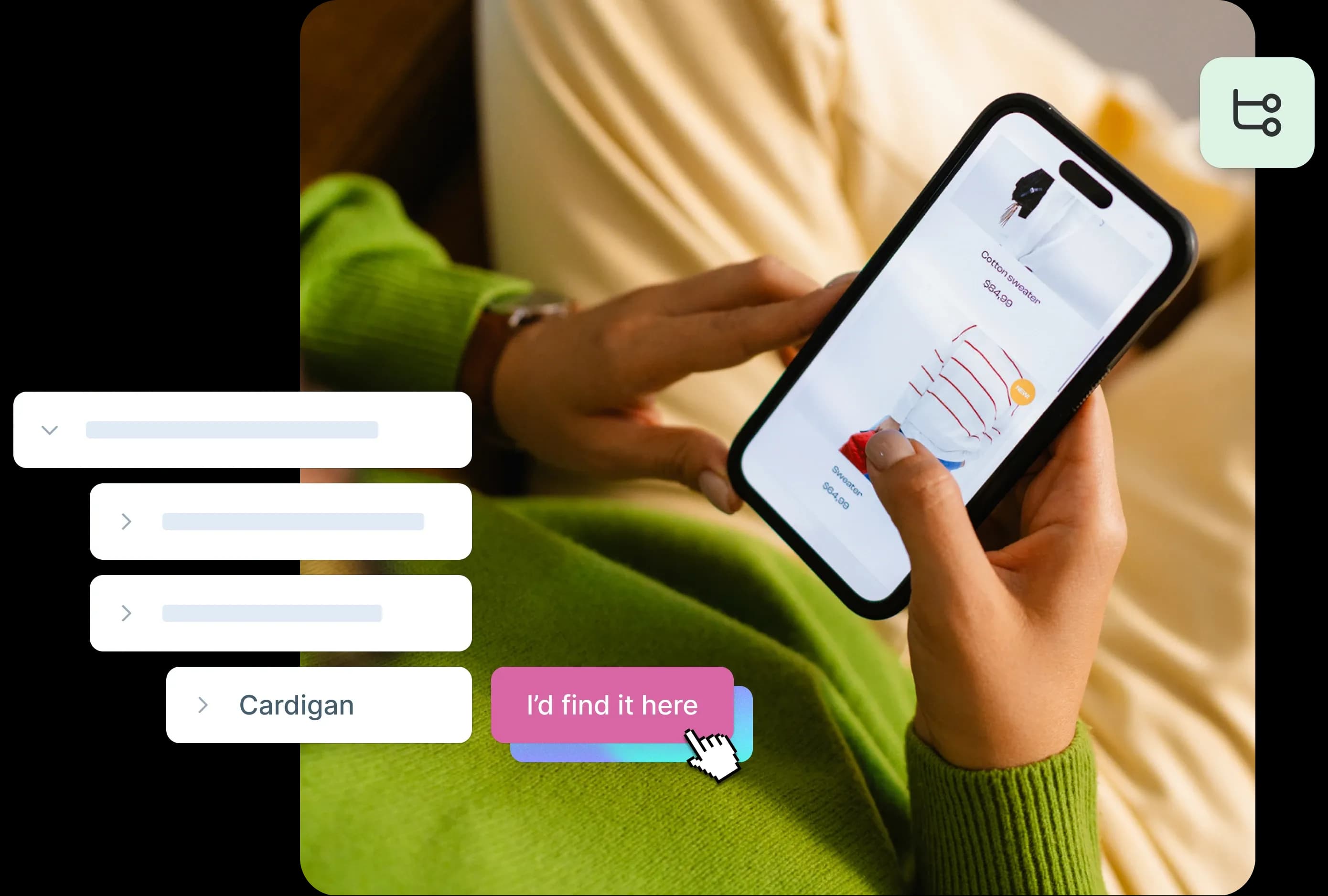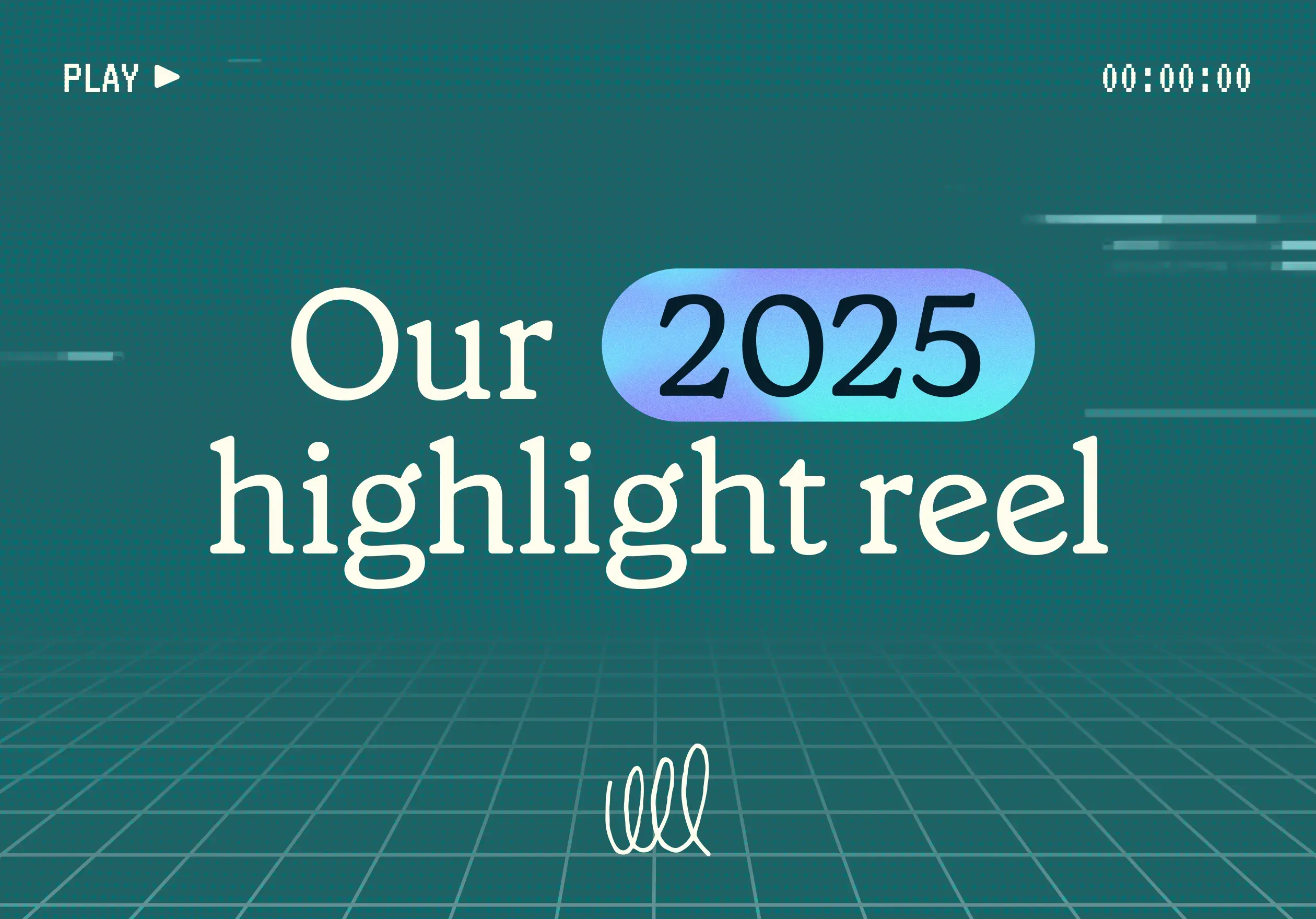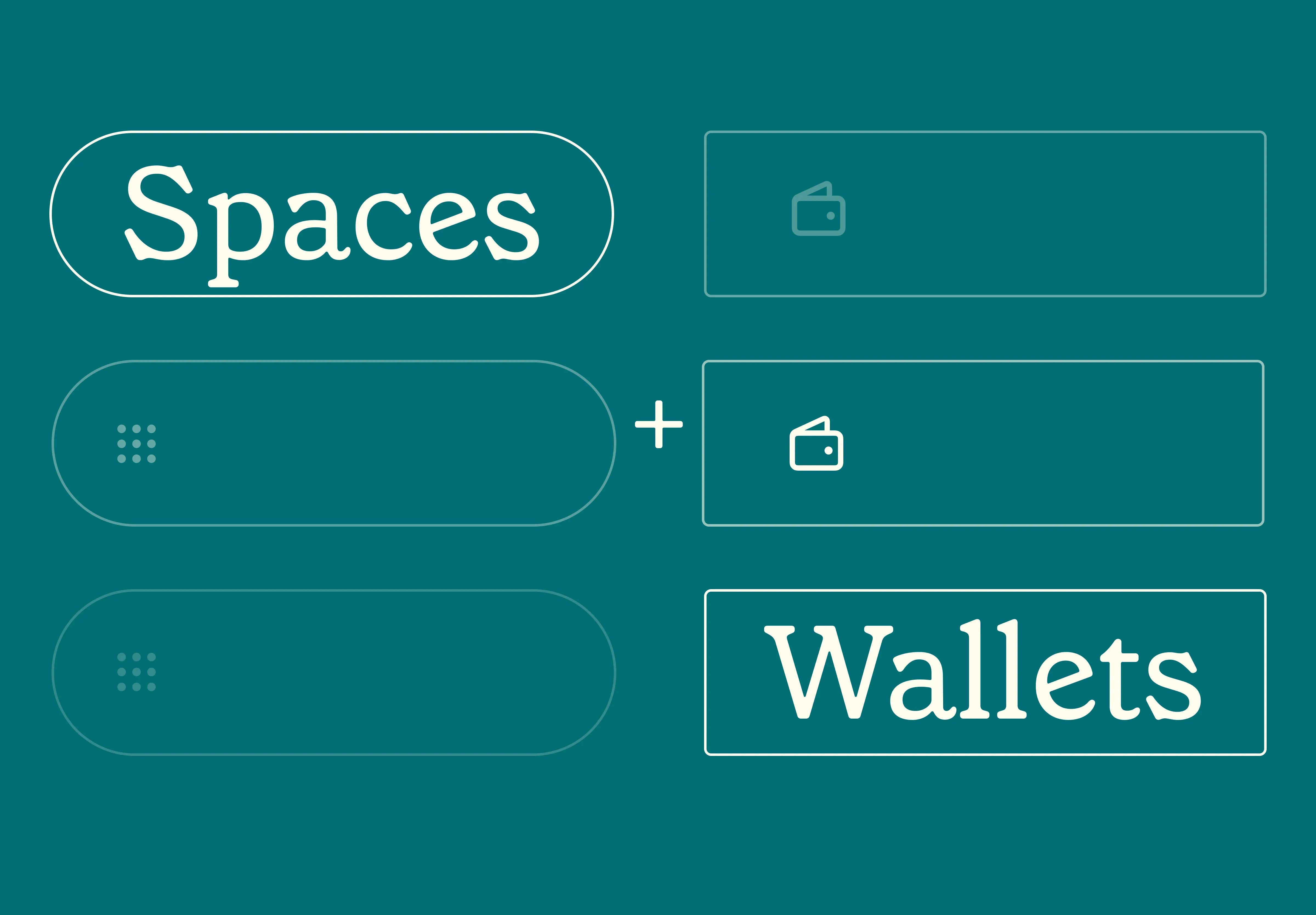08 Sep 2025
|14 min
What does a UX designer do?
Thinking about a career in UX design? We chat with UX design experts to find out what a UX designer does and what the job is like day-to-day.

User experience (UX) designers help create products, apps, and websites that are easy and enjoyable to use. They focus on how real people interact with digital tools, using research and design skills to improve every step of the user's journey. Whether you're considering a career change, writing a job description, or learning about the field, understanding what UX designers actually do is essential.
We'll walk you through what UX designers do day-to-day, the skills they use, how they work with others, and what you can expect in terms of salary and career growth.
Key takeaways
UX designers focus on solving real user problems through research, testing, and iterative design.
No coding required – while helpful, technical skills aren't mandatory for most UX roles.
Strong portfolios matter more than degrees – showcase your process and thinking through 3-5 case studies.
Salary ranges from $55k-$150k+ depending on experience level and location.
Career transition typically takes 6-12 months with dedicated learning and portfolio building.
Collaboration is key – you'll work closely with product managers, developers, and other designers.
Start testing with users
Ready to understand your users like a pro UX designer? Test your ideas with real people today.
What is a user experience designer?
A user experience (UX) designer creates and improves the ways people interact with digital products like websites, mobile apps, and software. UX design covers every part of how someone experiences a product – from how easy it is to navigate to how enjoyable or efficient it feels to use.
UX designers work to solve problems that real users face. They study how people behave, what they want to accomplish, and where they get confused or frustrated. Then they design solutions that make products more usable and satisfying.
The term "user experience" was first coined by Don Norman at Apple in the 1990s. He wanted to describe all the ways a person interacts with a company's products and services. Today, UX design is a key part of creating successful digital products.

Daily responsibilities of a UX designer
UX designers have specific tasks that focus on understanding users and creating better digital experiences. These responsibilities vary by company size and project type, but most UX designers handle similar core activities.
Conduct user research
User research is the foundation of UX design work. UX designers interview people to learn about their goals, frustrations, and behaviors. They create surveys to gather feedback from larger groups and observe how people use existing products.
With 15+ years of UX experience, Zack Naylor, Co-founder/CEO of Aurelius, emphasizes the importance of interaction design and how insights come from user research.
“Generally speaking, UX designers spend a lot of time thinking through interactions with a product and features, creating visual representations for how they should work, and communicating with other teams on how that experience gets made. This comes in the form of user research, problem definition with stakeholders, visual and interaction design, as well as collaboration meetings with cross-functional teams.”
Arthur Worsley, former McKinsey Associate, reiterates how critical user research skills are:
“To succeed as a UX designer, you need to have impeccable user research skills. User research entails uncovering user problems and then designing a product/experience that solves these problems while meeting the user's needs. To be able to do all this effectively, you need to have a thorough understanding of the user and their expectations, which you can only gain through extensive user research.”
This research helps designers understand what users actually need, not just what the company thinks they need. The insights from research directly influence design decisions throughout the project.
Choosing the right research method depends on your goals, timeline, and resources. Here's a quick comparison of the most common approaches:
Research Method | Best For | Participant Count | Time Investment |
|---|---|---|---|
User Interviews | Deep insights, motivations | 5-8 participants | High |
Surveys | Quantitative data, large samples | 100+ participants | Medium |
Usability Testing | Task completion, pain points | 5-10 participants | Medium-High |
Analytics Review | Behavior patterns, trends | All users | Low |
Create wireframes and prototypes
Wireframes are basic sketches that show the structure of a page or screen. They outline where different elements go without focusing on visual details like colors or fonts. Prototypes are interactive versions that let people click through and test how the product works.
With an extensive background in UX design, John Millist, Co-founder of Twogether Digital, says:
“At a basic level, a UX designer should be taking any insights gained from research and begin to form ideas on how to solve user needs and issues raised. This will involve planning out user journeys and key tasks, then creating wireframes to begin ideating solutions.”
However, John also reiterates the importance of recommending improvements based on usability testing:
“Creating a solution is only the beginning though, good UXers will always see the process as iterations. So usability testing on the solution should be part of the process to enable a feedback loop to keep improving on what's been done.”
UX designers use these tools to explore ideas quickly and test them with users before spending time on detailed designs. This approach helps catch problems early when they're easier and cheaper to fix.

Build user personas and flows
User personas are detailed descriptions of typical users, including their goals, behaviors, and pain points. UX designers create these fictional characters based on real research to help the team understand who they're designing for.
User flows then map out the steps someone takes to complete a task in the product. For example, the flow for buying something online might include browsing products, adding items to a cart, entering payment information, and confirming the order.
Run usability testing
Usability testing involves watching real people try to use the product while completing specific tasks. UX designers observe where users get stuck, confused, or frustrated. They ask questions to understand what users are thinking and why they make certain choices.
Arthur Worsley also mentions how you should do this iteratively over time:
“You can also conduct validation tests on every prototype you develop to assess the usability of your designs. User research and usability testing should be done iteratively over an extensive period of time to ensure that the design output is well suited for the intended users.”
These testing sessions provide direct feedback about what works well and what needs improvement. UX designers use this information to refine their designs through multiple rounds of testing and iteration.
Dan Fowler, Lead Product Designer at Finder.com, says you shouldn't be afraid of making mistakes in UX design:
“Designing something is easy, but designing something right is hard. To design something right you need to get it wrong first. Don’t be afraid to make a mistake, because it will more than likely lead to a better solution and a happier user. Good UX design is about trying something, testing, iterating, and trying again.”

UX designer skills
UX designers combine technical abilities with interpersonal skills to create user-centered products. These skills help them research user needs, design solutions, and collaborate effectively with their teams.
Research and analytical skills
UX designers use various research methods to understand users and validate design decisions:
User interviews: One-on-one conversations to understand individual experiences and motivations.
Surveys: Structured questionnaires to gather feedback from larger groups.
Usability testing: Observing users as they interact with products or prototypes.
Data analysis: Interpreting analytics and user behavior data to identify patterns.
Arek Nowakowski, a product designer at Spacelift, notes that these analytical and research skills are fundamental requirements for UX designers:
“You need a few key skills to succeed as a UX designer. The first is strong analytical skills. As a UX designer, you'll need to be able to digest complex data and extract the most important information in order to identify user needs and design solutions accordingly. You'll also need strong visualization skills so that you can easily communicate your ideas and designs to others. Also, some solid problem-solving skills to tackle complex design challenges.”
Design and technical abilities
UX designers create visual representations of their ideas using both traditional and digital methods:
Wireframing: Creating basic structural layouts for pages and screens.
Prototyping: Building interactive models to test functionality and user flows.
Information architecture: Organizing content and features in logical, findable ways.
Interaction design: Defining how users move through and interact with the product.
While UX designers don't typically write code, understanding basic web technologies like HTML and CSS helps them communicate more effectively with developers and create realistic designs.

Communication and collaboration
UX designers work closely with many different people and present their work to various audiences:
Stakeholder presentations: Explaining research findings and design decisions to executives and project sponsors.
Team collaboration: Working with product managers, developers, and other designers throughout the project.
User advocacy: Representing user needs and perspectives in business discussions.
Documentation: Creating clear specifications and guidelines for implementation.
Strong communication skills help UX designers build support for user-centered design decisions and ensure their work gets implemented correctly.
Zack Naylor sums it up well:
"You need to be infinitely curious, want to know how things work, and how you can get better. I often find a lot of people naturally think that way and switch careers into UX as they want an outlet to flex those muscles and work within that passion.”
How UX designers collaborate
UX designers rarely work alone. They partner with various team members to ensure user needs align with business goals and technical capabilities.
Working with product managers
Product managers define what features to build and when to build them. UX designers help product managers understand user needs and prioritize features based on user research findings. Together, they balance user requirements with business objectives and technical constraints.
This collaboration often involves creating user stories – brief descriptions of features from the user's perspective. UX designers provide the user research context while product managers add business rationale and technical considerations.
Collaborating with developers
Developers turn designs into working products. UX designers work closely with development teams to make sure designs can be built within technical limitations and project timelines. They provide detailed specifications and answer questions about how interactions should work.
Regular check-ins during development help catch any misunderstandings early. UX designers often review work-in-progress builds to ensure the final product matches the intended user experience.
Partnering with other designers
In larger organizations, UX designers often work alongside visual or UI designers, content designers, and UX researchers. Visual designers focus on colors, typography, and branding while UX designers handle structure and functionality. Content designers develop the words and messaging that guide users through the experience.
This collaborative approach allows each specialist to focus on their strengths while creating cohesive user experiences.

UX designer tools
UX designers use various digital tools to research, design, and test their work. These tools help streamline workflows and enable collaboration with team members.
Tool Category | Popular Tools | Primary Use | Collaboration Features |
|---|---|---|---|
Design & Prototyping | Design & Prototyping Figma, Sketch, Framer | Wireframes, mockups, prototypes | Real-time editing, commenting |
User Research | Lyssna, UserTesting, Maze | Testing, surveys, analytics | Shared results, team insights |
Project Management | Jira, Trello, Asana | Task tracking, timelines | Team assignments, progress updates |
Communication | Slack, Teams, Notion | Daily coordination, documentation | Channels, file sharing |
Design and prototyping software
Most UX designers work with specialized software to create wireframes, mockups, and interactive prototypes:
Figma: Browser-based design tool that enables real-time collaboration and prototyping.
Sketch: Mac-only design application popular for interface design and prototyping.
Framer: Advanced prototyping tool with powerful interaction capabilities.
These prototyping tools allow designers to create everything from basic sketches to high-fidelity interactive prototypes that closely resemble the final product.
Research and testing platforms
UX designers rely on research tools to gather user feedback and validate design decisions:
Lyssna: Comprehensive user research platform for usability testing, surveys, user interviews, and card sorting, with a 690k+ research panel.
User interview platforms: Tools for recruiting participants and conducting remote interviews.
Analytics software: Platforms like Google Analytics that show how users actually behave on websites and apps.
Research platforms enable designers to collect both qualitative insights through interviews and quantitative data through testing and analytics.
Collaboration tools
Modern UX design requires seamless teamwork across different roles and locations:
Project management: Tools like Jira, Trello, or Asana for tracking tasks and project progress.
Communication: Slack, Microsoft Teams, or similar platforms for daily team coordination.
Documentation: Confluence, Notion, or Google Workspace for sharing research findings and design specifications.
These collaborative tools help distributed teams stay aligned and ensure important information doesn't get lost between team members.

UX designer salary
UX designer compensation varies significantly based on experience level, geographic location, and industry. Understanding salary ranges helps both job seekers and employers set appropriate expectations.
Here's a starting point:
Experience Level | Salary Range (US) | Key Characteristics |
|---|---|---|
Entry-level (0-2 years) | $55,000 - $75,000 | Portfolio required, bootcamp/internship experienc |
Mid-level (3-5 years) | $75,000 - $110,000 | Proven track record, leadership potential |
Senior (5+ years) | $110,000 - $150,000+ | Leadership roles, specialized expertise |
Entry-level UX designer salaries
New UX designers typically start with salaries between $55,000 and $75,000 annually in the United States. Entry-level positions often require a portfolio demonstrating UX skills, even if gained through personal projects, bootcamps, or internships rather than professional work experience.
Factors that influence starting salaries include educational background, portfolio quality, location, and the specific industry. Technology companies and fintech organizations often offer higher starting compensation than nonprofits or government agencies.

Mid-level and senior UX designer compensation
UX designers with 3-5 years of experience typically earn $75,000 to $110,000 per year. Senior UX designers and those in leadership roles can expect salaries from $110,000 to $150,000, with some positions in competitive markets exceeding $170,000.
Specialized UX roles often command premium salaries:
UX researchers: Focus specifically on user research methods and data analysis.
Interaction designers: Specialize in how users navigate and interact with digital interfaces.
Accessibility specialists: Ensure products work for users with disabilities.
Geographic and industry variations
Location significantly impacts UX designer salaries. Major technology hubs typically offer 20-30% higher compensation than national averages:
Location | Salary Range | Cost of Living Impact |
|---|---|---|
San Francisco Bay Area | San Francisco Bay Area $85,000 - $180,000+ | High cost, tech hub premium |
New York City | $75,000 - $160,000+ | High cost, diverse industries |
Seattle | $70,000 - $150,000+ | Moderate-high cost, tech focus |
Austin/Denver/Chicago | $60,000 - $130,000+ | Moderate cost, growing markets |
Industry also affects compensation levels. Healthcare, financial services, and ecommerce companies often pay more than education, nonprofit, or government organizations. Remote work has created more salary standardization, though some companies still adjust pay based on employee location.

Steps to become a UX designer
Becoming a UX designer doesn't require a specific degree, though many professionals come from backgrounds in design, psychology, or technology. The field values practical skills and portfolio work over formal credentials.
Here's a realistic timeline for transitioning into UX design, whether you're learning part-time or full-time:
Timeline | Learning Path | Portfolio Development | Job Search |
|---|---|---|---|
Months 1-3 | UX fundamentals, research methods | Start first case study | Industry research, networking |
Months 4-6 | Design tools, prototyping | Complete 2-3 case studies | Apply for internships/junior roles |
Months 7-12 | Advanced skills, specialization | Refine portfolio, add real projects | Active job applications, interviews |
Building foundational knowledge
Start by learning UX design principles through online courses, books, or workshops. Focus on understanding user research methods, design thinking processes, and basic prototyping skills. Many successful UX designers are self-taught or have transitioned from other fields.
John Millist mentions the lack of needing formal education:
“There’s no real qualification and no senior UXer will bother to care about any of the bootcamps you see offered by various organizations. These don't teach you real-world UX where you have to deal with politics, business requirements, and defending UX ROI. What we do look for is a process and a mindset of improvement and investigation.”
Popular learning resources include online platforms like Coursera (the Google Design Professional Certificate is a popular course), Udemy, and specialized UX education sites. Books by industry experts provide deeper insights into research methods and design philosophy.

Gaining practical experience
Create personal projects to practice UX skills and build a portfolio. Redesign existing apps or websites, conduct user research with friends and family, or volunteer to help local nonprofits improve their digital presence.
Zack Naylor also recommends this method:
“I really don't think it's hard to get experience doing UX. I've mentored folks in the past where I recommend they offer some simple usability help, research, and UX work for a non-profit you're passionate about. Use that experience to demonstrate how you think and the work you're capable of – then apply to entry-level roles.”
Look for internships, freelance opportunities, or entry-level positions that involve user research or design work. Even roles in customer support, marketing, or product management can provide valuable insights into user needs and business requirements.
Developing a strong portfolio
A UX design portfolio showcasing your UX process and thinking is more important than formal qualifications. Include 3-5 case studies that demonstrate how you identify problems, conduct research, generate solutions, and test designs with users.
Each case study should explain your role, the problem you solved, your research and design process, and the results or impact of your work. Include both successful projects and examples where you learned from challenges or failures.

Ready to start improving user experiences?
Understanding user needs is at the heart of creating successful digital products. Whether you're exploring UX design as a career or looking to improve your current products, user research and testing provide the insights needed to make informed design decisions.
We're here to help you gather feedback from real users quickly and efficiently. With access to over 690,000 participants across 124 countries, you can test your designs and validate your ideas with your target audience. Sign up for a free plan to start collecting user insights that can transform your design process.
Launch your research
Join 320k+ researchers testing designs worldwide. Start gathering user insights that drive results.
Frequently asked questions about UX designers

Alexander Boswell
Technical writer
Alexander Boswell is a product-led content writer and researcher with a background in marketing strategy and consumer behaviour. When he’s not writing, he’s playing baseball and D&D.
You may also like these articles
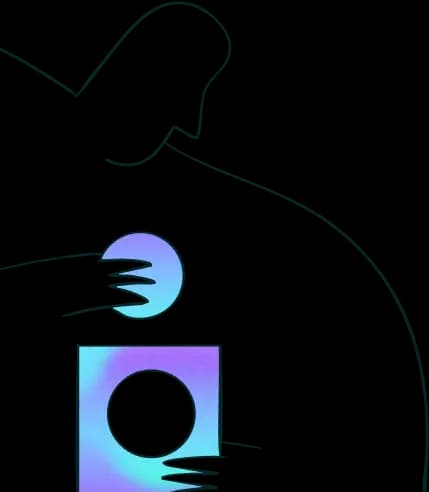
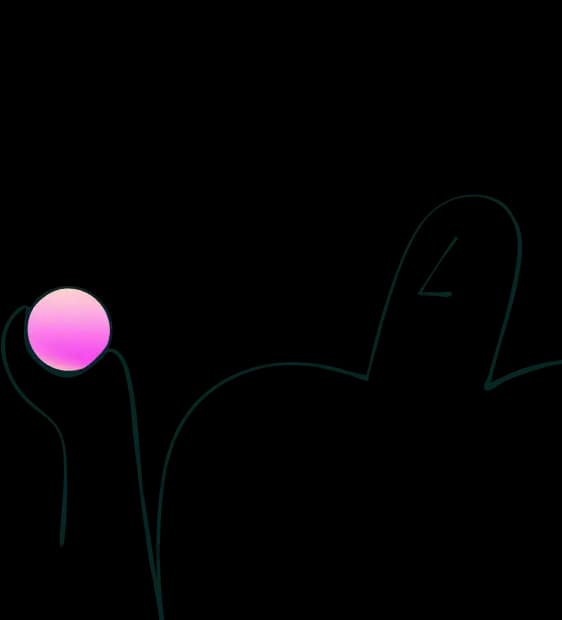
Try for free today
Join over 320,000+ marketers, designers, researchers, and product leaders who use Lyssna to make data-driven decisions.
No credit card required

